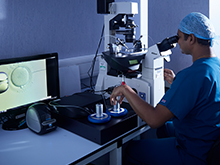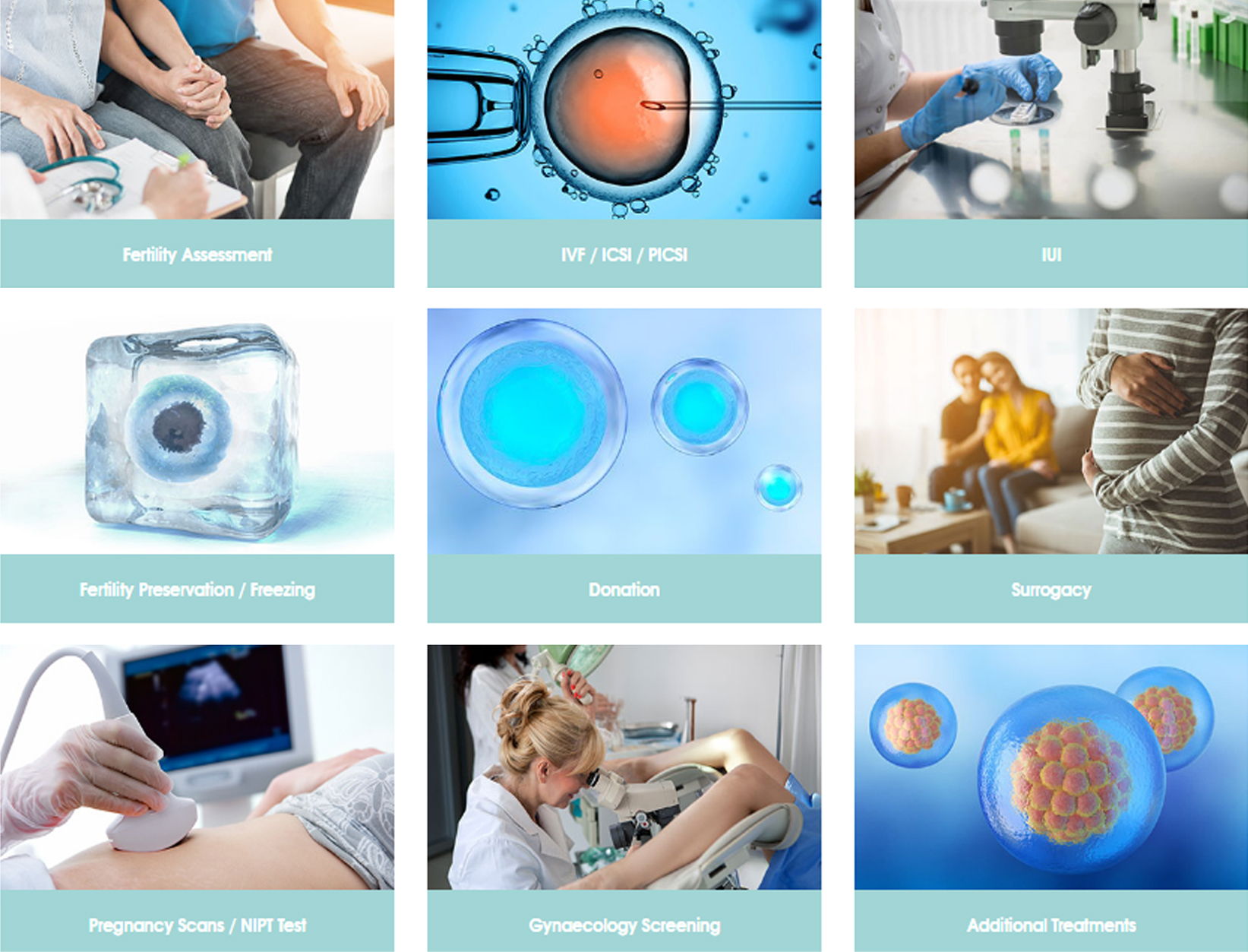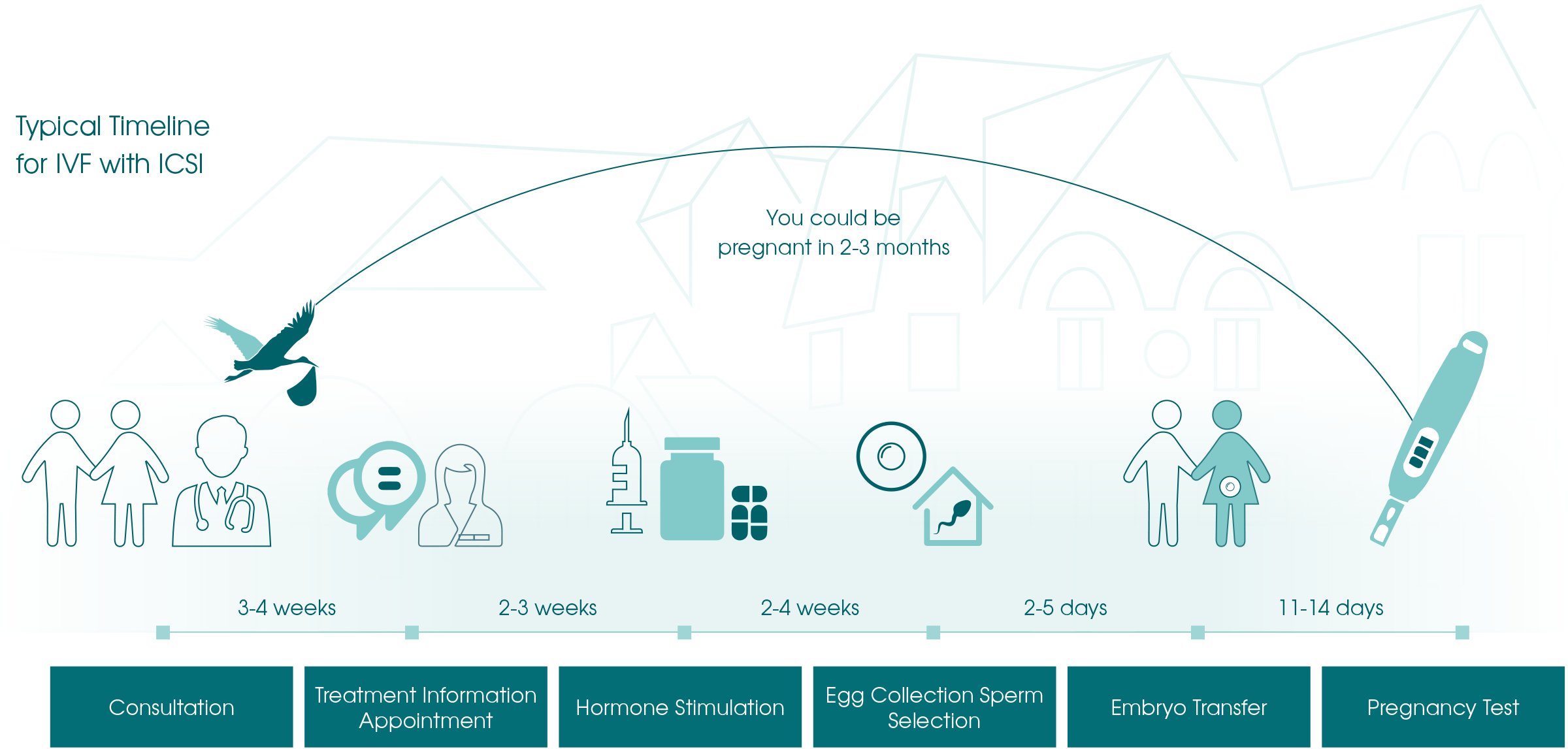Physiological ICSI (PICSI)
PICSI is a method which helps to choose the best sperm for ICSI.

What is PICSI?
PICSI, or Physiological ICSI, is a modified form of the ICSI procedure that may benefit a subset of patients who require ICSI.
Men with poorer sperm samples often have a greater degree of immature sperm. Immature sperm can still show normal motility and morphology, however, they may have higher levels of damaged DNA, which, if selected for insemination can result in poor embryo quality and pregnancy loss. PICSI is a method that helps us to select mature sperm for injection.
At Herts & Essex, we include an HBA test in all of our semen assessments. It is this test that will look at the percentage of mature sperm within the sample and therefore whether PICSI may benefit you in your treatment.
Your Clinician will guide you as to whether PICSI may be appropriate for you. There are no additional risks in using sperm selected by this method.
When may PICSI be required?
ICSI and PICSI are treatments that may be indicated for Male Factor infertility in the following cases:
- When the HBA score at semen assessment is less than 65%, indicating a reduced level of mature sperm within the sample.
There is some evidence from the scientific literature that indicates that couples with recurrent pregnancy loss or those with slow or poorly developing embryos may also benefit from PICSI. However, the number of studies using PICSI is currently limited and there is no clear indication that this would be of benefit, with varying results from different studies to date. The Fertility Specialist will discuss this thoroughly with you if your sample demonstrates an increased percentage of immature sperm. You will then be able to decide if this is an additional treatment that you would like to include in your treatment with us.
PICSI can also be performed at a patient’s request.
During PICSI, the embryologist is able to distinguish between mature sperm which have completed their full development and immature sperm which are more likely to have damaged DNA or the wrong number of chromosomes. The embryologist is not able to do this by just looking down the microscope, as in the routine ICSI procedure, as mature and immature sperm will have the same appearance.
In the PICSI procedure, the Embryologist will only use mature sperm to inject directly into mature eggs. Following the PICSI, the injected eggs are incubated overnight and assessed the following morning for evidence of fertilisation. The average fertilisation rate following PICSI is similar to ICSI and IVF, with 60-70% of injected eggs fertilising normally following PICSI.
For further information, please visit the HFEA website on PICSI:
![]()







